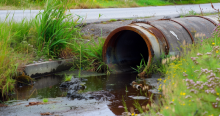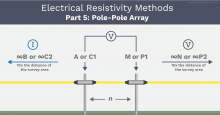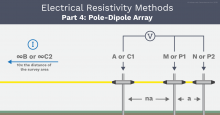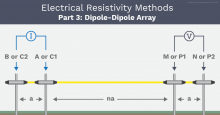How do 1D, 2D, and 3D Resistivity Surveys Compare?
Resistivity surveys come in a few flavors—one-dimensional (1D), two-dimensional (2D), three-dimension (3D), and technically even four-dimensional (4D), though we’ll save 4D for a future post. Let’s focus on 1D, 2D, and 3D for now. If you’re new to the world of Electrical Resistivity, it can be difficult to understand what’s the best type of survey for your needs. In this post, we’ll cover how these three types compare—and the type of survey that we think is the best of the bunch—3D surveys.









